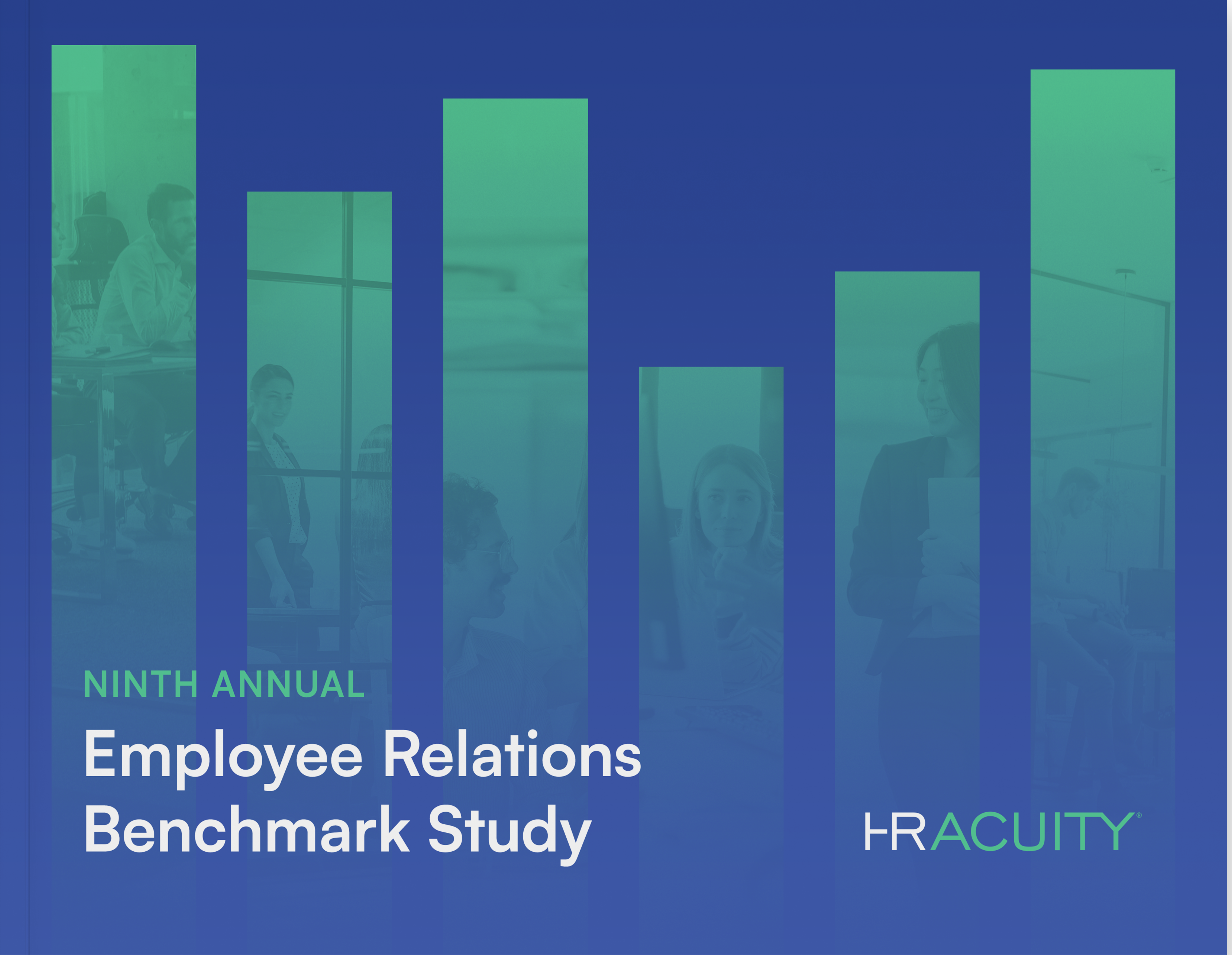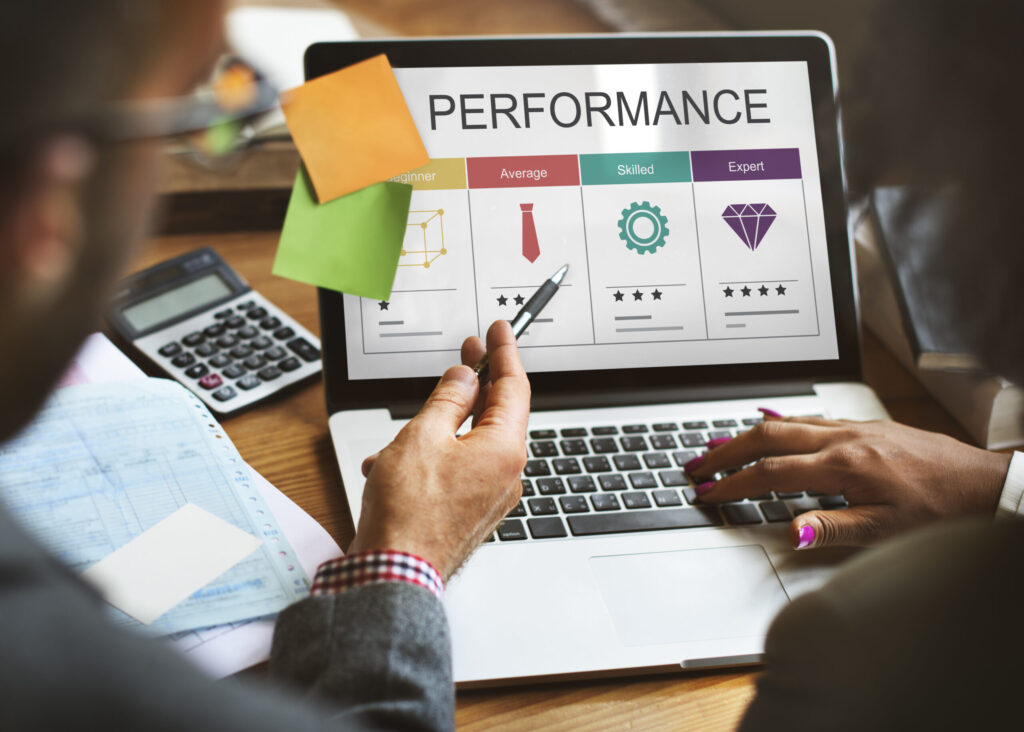A performance improvement plan (PIP) doesn’t have to be a scare tactic — it can actually be a clear, supportive roadmap for helping an employee get back on track.
At its core, a performance improvement plan lays out where performance is falling short, what “good” looks like and what support the employee will get to close that gap. A strong PIP spells out specific goals, timelines and check-ins so no one is guessing about what needs to happen next. Because of that, it’s imperative your team has a strong PIP process in place — and we’re here to help.
In this blog, we’ll answer the question, “What is a performance improvement plan?” We’ll also share context on how to write a PIP, an ideal performance improvement plan process and more.
Let’s dive in.
Key Takeaways: Performance Improvement Plans (PIPs)
- PIPs are a support tool, not a scare tactic. When done well, a performance improvement plan gives employees a clear roadmap with expectations, timelines and support — it’s about coaching toward success, not just documenting failure.
- A strong PIP process is structured, fair and collaborative. Effective PIPs are created with HR, managers and employees together, use clear data and SMART goals, include regular check-ins and are applied consistently and transparently across the organization.
- HR Acuity makes managing PIPs easier and more reliable. With templates, guided workflows, centralized documentation and analytics, HR Acuity helps teams monitor performance, standardize PIPs and turn tough conversations into opportunities for real improvement.

What is a Performance Improvement Plan?
Performance improvement plans, or PIPs, are structured documents used by organizations to address (and remedy) an employee’s underperformance or failure to meet job expectations. Think of a PIP as a constructive tool aimed at helping an employee reach their fullest potential rather than as a punitive measure.
PIPs are usually created in partnership between the HR team, supervising manager and employee whose performance needs to be addressed. In a PIP, management outlines clear and measurable goals, expectations and a timeline for improvement. These plans provide a roadmap for the employee to follow, along with regular checkpoints to assess progress. In other words, this is not a set-it-and-forget-it document.
PIPs are not designed to serve as a punishment or to function solely as a paper trail for managers who want to terminate someone on their team. While PIPs can be an important compliance step, they should always be used with the goal of genuine improvement.
When to Use a Performance Improvement Plan
Performance improvement plans should always be tailored to the individual, and knowing when to use one will depend on the circumstances of the situation. Ultimately, it is at the discretion of an employee’s manager and their HR team to determine when a PIP is appropriate, based on the specific circumstances.
It’s also important to note that performance improvement plans are designed to help employees meet the expectations for their role. A PIP should never be the first step of addressing underperformance — it should only be used after initial conversations have not yielded results.
Here are some common scenarios when a performance improvement plan may be warranted:
- Subpar job performance: When an employee consistently falls short of the expected performance standards and fails to meet key performance indicators (such as those outlined in an employee’s job description or yearly objectives).
- Repeated missed deadlines: If an employee frequently misses deadlines or struggles to complete tasks within the specified timeframes.
- Unprofessional conduct: In cases of unprofessional behavior, such as insubordination, harassment or violations of company policies. (In some cases, this will immediately result in termination.)
- Skills gap: When an employee’s skills do not align with their job requirements, or if they are not keeping up with industry best practices.
- Consistent attendance problems: If an employee frequently misses work, arrives late or takes excessive & unapproved leaves of absence.
- Failure to adapt: In situations where an employee is struggling to adapt to changes within the organization (for example, a reorganization or acquisition by another company).
It is worth restating that performance improvement plans are designed to critique and assist, not scold. It’s also true that high-performing employees sometimes need help in a particular area, whether that’s to improve a specific set of skills or because something is distracting them from their work.
Benefits of Using Performance Improvement Plans
In order to improve, employees need structure. Without an agreed-upon plan in place, the initiative is likely to fail. This is where performance improvement plans offer real benefits for organizations and employees:
- Clarity and expectations: PIPs provide a clear and well-defined roadmap for employees to understand their performance deficiencies and how to improve, eliminating ambiguity.
- Structured improvement: PIPs break down the improvement process into manageable steps, making it easier for employees to focus on specific areas that need enhancement.
- Employee retention and morale: Offering employees opportunities to improve their performance can lead to improved retention rates. Furthermore, as employees witness their progress, it can boost their morale and job satisfaction.
- Legal protection: PIPs help organizations comply with legal requirements when addressing performance issues, which reduces the risk of legal disputes and potential liabilities.
- Fairness and transparency: PIPs demonstrate that employees are treated fairly and given a fair chance to improve before facing more severe consequences, such as termination.
- Improved employee-employer relationship: PIPs encourage open dialogue between employees and employers, fostering a healthier and more constructive working relationship.
How to Create, Write and Deliver Successful Performance Improvement Plans
Now that we’ve covered when to use a performance improvement plan, it’s time to dive into how to design and implement one. Here are the key steps to guide you through the process:
Step 1: Identify the Problem Areas
Begin by identifying the specific areas of an employee’s performance that require improvement. This could include areas such as productivity, quality of work, attendance or specific job-related skills.
Step 2: Collect Relevant Data
Next, gather data to support your assessment of the employee’s performance issues. This data may include past performance reviews, reports and any other relevant documents. Lean on an employee’s job description and yearly objectives or goals to identify where the gaps are. You may need the employee’s supervisor to assist here. (Psst: If you have a people leader tool, like HR Acuity’s managER, completing this step will be super easy, since everything’s already in one place — no digging required.)
Step 3: Communicate Clear Expectations and Set Goals
Clearly define the expectations for performance improvement. These expectations should be specific, measurable, achievable, relevant and time-bound (SMART). Remember, an improvement plan is a roadmap, not a list of grievances.
Step 4: Document the Plan with a PIP Template
Document the PIP in writing, using a structured PIP template (don’t worry, we have one you can use). This written plan should outline the employee’s goals, the timeline for improvement and any consequences for noncompliance or not meeting the goals.
Step 5: Schedule a Meeting with the Employee
Arrange a private meeting with the employee to discuss the PIP. While HR should be involved in the creation of an improvement plan, meetings are generally between the supervising manager and employee. The goal here is to introduce the plan and get buy-in from the employee. It’s often helpful to have a formal acknowledgement of the plan in writing.
Step 6: Identify Resources and Support
Determine what resources, training or support the employee may need to achieve their PIP goals. This might include additional training, mentorship or access to specific tools. These too should be time-bound.
Step 7: Set Monitoring and Evaluation Points
Specify how progress will be monitored and assessed throughout the PIP. This can include regular check-ins, evaluations or performance metrics agreed on between the manager and employee.
Step 8: Review and Adjust As Needed
Continuously review the employee’s progress and provide constructive feedback. Be open to adjusting the PIP if necessary to ensure its effectiveness.
Using HR Acuity’s Employee Relations Software for PIPs
HR Acuity takes a lot of the stress and guesswork out of managing PIPs by putting everything in one place — conversations, follow-ups, documentation and outcomes all live in a single, secure system. Instead of managers reinventing the wheel every time, they can follow a clear structure and focus on actually coaching employees, not just tracking issues.
Some of the ways HR Acuity helps with PIPs:
- Built-in templates and workflows so managers don’t have to start from scratch when outlining expectations, timelines and action steps.
- Automatic letter generation, pulling in objectives and details you’ve already entered to keep communication consistent and accurate.
- Guided check-ins and reminders that nudge managers to follow through on conversations instead of letting the plan drift.
- Centralized documentation that captures each interaction, which supports transparency and protects the organization if questions come up later.
- Analytics on PIP trends and outcomes so HR can spot patterns (e.g., where performance issues cluster or how long plans typically last) and respond proactively.
Used well, tools like HR Acuity don’t turn PIPs into “gotcha” documents — they give managers and employees a shared roadmap, making improvement more realistic and less intimidating.
Tips for Successful Performance Improvement Plan Processes
If you made it this far, chances are you’re either looking to implement PIPs into your organization or overhaul the process you have currently. Just as every performance improvement plan needs to take into account the unique needs of the individual, no two organizations are going to have the same PIP process.
Here are some valuable tips to keep in mind when implementing a PIP program:
- Prioritize communication: Timely, clear and transparent communication between managers and employees is critical for any performance improvement effort. These conversations can be difficult and uncomfortable, but being clear in acknowledging the performance gaps and consistently following up on progress is crucial.
- Establish clear guidelines and policies: Start by creating well-documented guidelines and policies for the use of PIPs within the organization. This will help keep your PIP process standardized and fair for all employees. Consult with your legal team to ensure your policies align with compliance requirements.
- Train managers and HR personnel: Even if your team has used PIPs before, it’s helpful to provide training so your managers and the entire HR team is on the same page with when and how to initiate and administer PIPs. This training should cover legal compliance, effective communication and how to create fair and actionable PIPs. You can also address any tools you’re using to help support the creation and administration of PIPs, like HR Acuity.
- Identify performance issues proactively: Encourage managers to identify performance issues as early as possible. Promptly address these issues to prevent them from escalating and becoming more challenging to resolve.
- Encourage flexibility: Managers and HR should be open to making adjustments to the PIP if it makes sense to do so. For example, it may not be possible for an employee to achieve certain milestones on time due to unforeseen or previously unknown circumstances. Flexibility in the details is essential to ensure the larger objectives are met. Remember: Progress is the real goal here.
- Consistency and fairness: Ensure that PIPs are applied consistently and fairly across the organization. This promotes transparency and trust between employees, management and HR teams.
- Evaluate and learn: Use outcomes of individual performance improvement plans to evaluate the overall effectiveness of your PIP program. Ask for and consider feedback from all parties about how they would improve the PIP process. Adjust as needed.
How Long Should PIPs Last?
The duration of a performance improvement plan can vary based on the employee’s role, the nature of the performance issues and the level of support they need. That said, PIPs typically last 30 to 90 days, and should always be tailored to what’s realistic for the situation and the time it will take to demonstrate meaningful change.
Shorter plans (around 30 days) often work for more straightforward or behavior-based issues, while more complex skill gaps or performance problems usually call for 60-90 days so employees have time to get feedback, practice and show consistent improvement. Whatever length you choose, the most important thing is to set a clear, realistic timeframe with specific milestones so the plan feels fair, structured and actionable—not rushed or open-ended.
Monitor and Improve Employee Performance with HR Acuity
It’s never been easier to monitor performance, support managers and create fair, consistent PIPs than with HR Acuity. By keeping conversations, documentation and analytics all in one place, the platform helps HR teams stay proactive and gives employees a clearer path to success.
If you’re ready to streamline your PIP process — and strengthen your overall approach to employee relations — book a demo with HR Acuity to see the platform in action.




